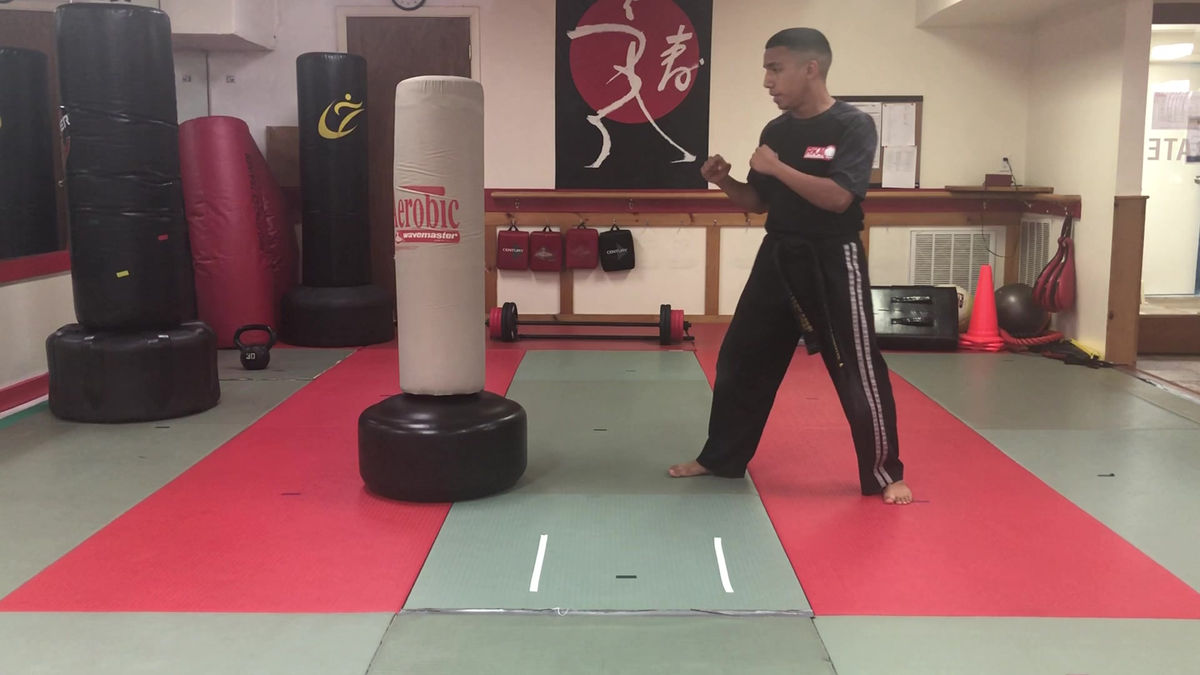Samurai Armor
- Joseph Fanning
- Sep 15
- 5 min read
Samurai armor (known as yoroi or kacchu in Japanese) is one of the most iconic and visually striking forms of armor in history. It was developed and worn by the samurai—Japan’s warrior class—from the Heian period (794–1185) through the Edo period (1603–1868), with the design evolving over the centuries.
Samurai armor was not only functional, offering protection in battle, but also a symbol of status and honor. The intricate designs and materials used in the armor reflected the samurai's social standing, wealth, and allegiances.
Key Components of Samurai Armor
Samurai armor was made up of several key pieces, each designed to protect specific parts of the body while maintaining mobility and flexibility.
Kabuto (Helmet):
The kabuto was one of the most recognizable elements of samurai armor, often adorned with elaborate decorations to indicate the samurai's rank or clan.
The helmet consisted of multiple pieces, including a hachi (main bowl), a mabisashi (visor), and often a maedate (decorative crest). The crest could be a symbol of the samurai’s family or clan, and it could be made from materials like metal, wood, or lacquered leather.
The crest could also take various forms, from stylized animal shapes (e.g., cranes or dragons) to geometric designs.
Samurai helmets often had a neck guard (shikoro), which protected the back and sides of the neck.
Menpo (Face Mask):
The menpo covered the samurai’s face and often had a fierce appearance. It was typically made from iron or leather and designed to intimidate opponents.
The mask was often paired with a hanbo (facial armor) that covered the lower part of the face.
Some menpo had mustache-like protrusions or a fanged design to make the samurai appear more fearsome.
Do (Cuirass):
The do was the torso armor and often the most intricate and decorative part of samurai armor.
The do consisted of a plate (usually made of iron or steel) or lamellar armor (pieces of leather or metal laced together) for flexibility.
It was worn over a haori (jackets) and often featured lacquered leather, fabric, or wooden plates for additional reinforcement.
The front and back of the cuirass were often designed to allow for mobility, especially for horse riding, which was a critical part of samurai warfare.
Sode (Shoulder Guards):
The sode were large, rectangular shoulder guards attached to the do to protect the samurai's shoulders and upper arms.
These could be hard armor or lamellar-style and were often decorated with family crests or intricate patterns.
Their main function was to absorb blows from weapons, such as swords or spears.
Kote (Armored Sleeves):
Kote were armored sleeves that protected the forearms and upper arms. They were often made of a mix of metal plates, cloth, and lacquered leather.
The kote often had chainmail under the arm and could extend down the arms and cover the hands with mitten-like armor for additional protection.
Haidate (Thigh Guards):
The haidate protected the samurai's thighs. Made from cloth, leather, and metal plates, these were designed to absorb blows to the legs.
They were typically worn over the hakama (traditional wide-legged trousers worn by samurai) and secured with cords at the waist.
Suriage (Shin Guards):
The suriage covered the lower legs and shins, often made of metal or lacquered plates, sometimes with chainmail protection at the back.
These were important to guard against strikes from weapons aimed at the lower body, particularly swords and spears.
Tabi (Warrior Boots):
The tabi were special boots worn by samurai. They had a split-toe design and were made from cloth, leather, or other sturdy materials.
They were lightweight, allowing the samurai to move quickly, and were often worn with additional war sandals (waraji) to improve grip on the ground.
Materials Used in Samurai Armor
Samurai armor was crafted with both practicality and aesthetics in mind. Some of the most common materials used were:
Iron & Steel: Many parts of the armor, particularly the do, kabuto, and menpo, were made from iron or steel, which provided durability and strength.
Leather: Leather was used in combination with metal plates for flexibility, especially in the kote, haidate, and suriage.
Lacquer: Armor pieces were often lacquered for extra protection against rust and the elements, as well as for decorative purposes. The lacquer also helped provide a glossy finish, which was aesthetically pleasing.
Silk & Cotton: The interior of the armor was often padded with soft silk or cotton for comfort and to absorb shock. These materials were also used in the cords that held the armor together.
The Evolution of Samurai Armor
Throughout Japan’s history, samurai armor underwent several changes, adapting to new warfare techniques and technologies. Some key periods include:
Heian Period (794–1185):
Early samurai armor was simple and made from leather or small metal plates, designed for protection in close-quarters combat and archery.
Kamakura Period (1185–1333):
Armor became more elaborate with the rise of the samurai class. Lamellar armor became more common, and the kabuto (helmet) became larger and more complex.
Muromachi Period (1336–1573):
During this period, the do and sode began to take more recognizable forms. Armor became more specialized for the use of the bow and arrow and later for sword fighting (katana).
Edo Period (1603–1868):
By the Edo period, samurai armor had become more decorative. Iron plates were used to create the highly polished and ornate armor of samurai generals.
Samurai were no longer as involved in battlefield warfare, so armor was lighter and designed more for ceremonial purposes and social status.
The Aesthetic and Symbolism of | Samurai Armor
Samurai armor was not just about protection; it was a powerful symbol of honor, status, and personal identity. Each samurai’s armor could have their family crest (known as the kamon), which acted as an identifier on the battlefield and in ceremonial settings. The colors, the lacquered patterns, and the materials used were often meant to reflect a samurai’s clan affiliation or family history.
Some samurai even wore armor specifically designed for aesthetic purposes, using elaborate designs with dragon motifs, phoenix feathers, or floral patterns.
Modern-Day Influence | Samurai Armor
Even today, samurai armor continues to have a massive influence on popular culture and modern martial arts. The design and aesthetic of samurai armor have inspired countless representations in film, manga, and video games. The legacy of samurai armor also influences martial artists, as some of its core principles—like discipline, honor, and courage—are central to martial arts training and philosophy.
Conclusion | Samurai Armor
Samurai armor is not just an item of historical importance but also a representation of Japanese culture, history, and warrior ethics. Whether it’s the beautifully decorated kabuto or the practical, durable do, each piece of armor played a crucial role in protecting its wearer while also highlighting their status and purpose.
Joe is an orange belt in Karate










Comments